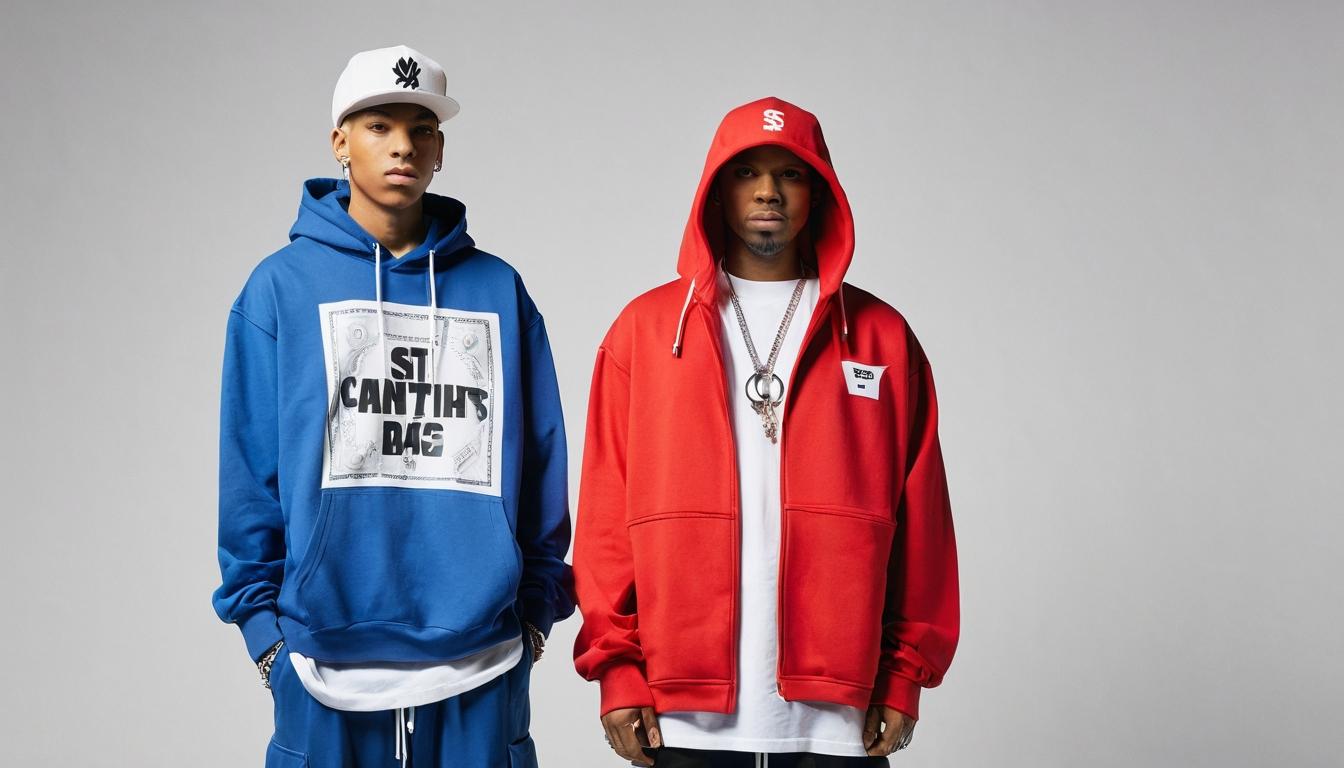Beneath the glittering surface of runway shows and red carpet events, a seismic shift is occurring in the fashion landscape. The real innovation isn't happening in Parisian ateliers or Milanese design houses—it's brewing in recording studios, back-alley pop-ups, and the digital spaces where music and style collide. This underground movement, driven by hip-hop artists and streetwear visionaries, is quietly dismantling fashion's traditional hierarchies while creating a new blueprint for what clothing can mean.
Walk through any major city and you'll see the evidence: oversized hoodies paired with luxury sneakers, vintage band tees under tailored blazers, and accessories that speak more to musical subcultures than seasonal trends. This isn't random experimentation—it's the visual language of a generation that consumes fashion and music as interconnected experiences. Artists like Tyler, The Creator and Pharrell Williams aren't just wearing clothes; they're designing the cultural uniform for tomorrow.
The relationship between music and fashion has always existed, but today's connection runs deeper than mere endorsement deals or celebrity collaborations. We're witnessing the emergence of what industry insiders call "sonic style"—a phenomenon where clothing doesn't just reflect musical taste but actually enhances the auditory experience. Techwear brands are incorporating vibration-responsive fabrics that sync with bass lines, while streetwear labels release limited editions tied to album drops rather than fashion calendars.
This fusion is rewriting the rules of brand loyalty. Consumers no longer choose between being a sneakerhead or a music fan—they expect brands to cater to both identities simultaneously. The most successful recent launches haven't come from traditional fashion houses but from artists-turned-designers who understand that today's audience wants wearable art that tells a story. When Travis Scott drops a Jordan collaboration, he's not just selling shoes—he's offering pieces of his creative universe.
The digital landscape has accelerated this convergence beyond anyone's predictions. TikTok trends born from song lyrics instantly translate into fashion movements, while Instagram serves as the runway for this constantly evolving style ecosystem. An obscure reference in a rap verse can spark demand for vintage pieces that haven't been relevant in decades, proving that music's influence on fashion has become more immediate and more powerful than any traditional trend forecast.
What makes this movement particularly fascinating is its democratic nature. Unlike the exclusive world of high fashion, this style revolution is accessible. You don't need front-row credentials or a trust fund to participate—just a streaming subscription and the creativity to mix high and low. This accessibility has created a fertile ground for innovation, where DIY customization and thrift store finds hold equal weight with luxury items.
The environmental implications are equally noteworthy. As fast fashion faces increasing scrutiny, the music-driven style economy promotes circularity naturally. Concert merch becomes collector's items, vintage band tees gain value with age, and limited collaborations encourage thoughtful consumption rather than mindless accumulation. It's a sustainable approach that emerged organically from the culture rather than being imposed by corporate responsibility initiatives.
Looking ahead, the boundaries between music and fashion will continue to blur in ways we're only beginning to imagine. We're already seeing AR clothing that changes appearance based on what you're listening to, and smart fabrics that can literally play music through integrated speakers. The future isn't about wearing clothes inspired by music—it's about wearing clothes that are music.
This underground sound reshaping fashion represents more than just a trend—it's a fundamental reimagining of how we express identity through what we wear. The most exciting developments are happening where the bass drops the hardest and the creativity flows freest. The establishment might not hear it yet, but the revolution has a killer soundtrack and even better outfits.
The underground sound: how streetwear and hip-hop are reshaping fashion's future

